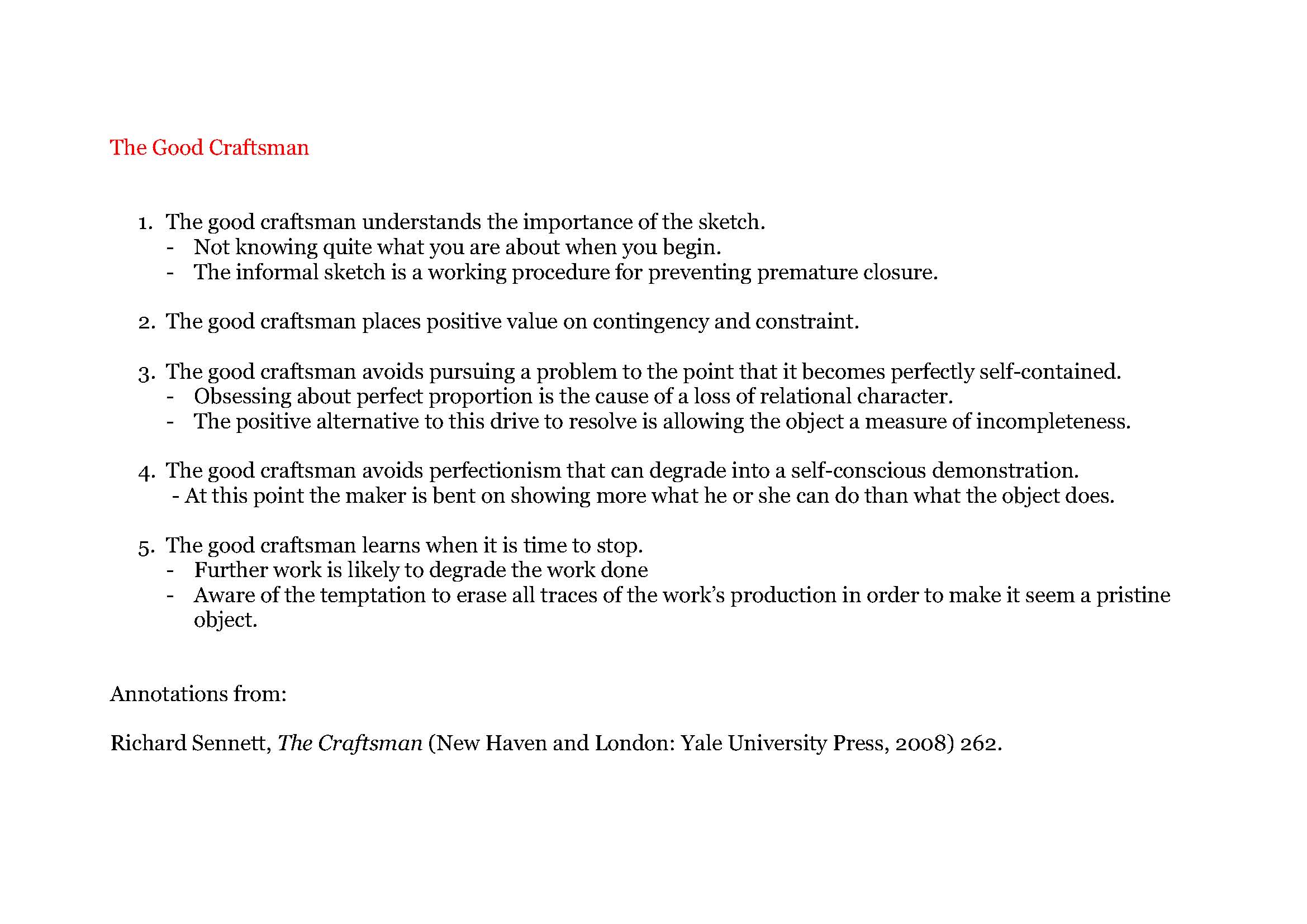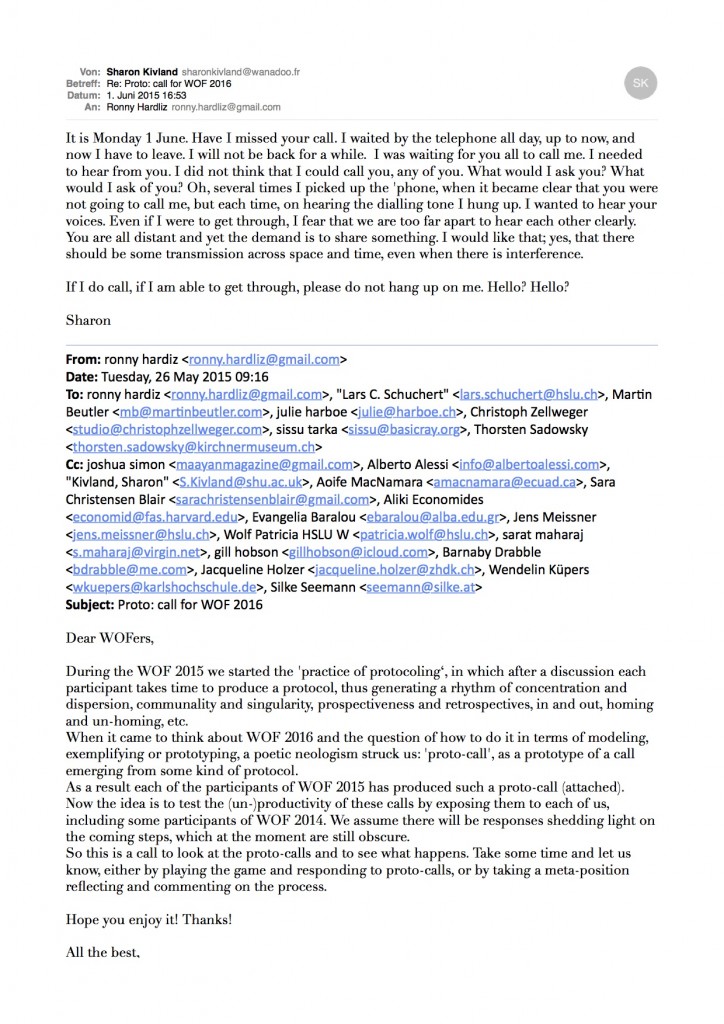I did not read books the first summer; I hoed beans.
Nay, I often did better than this. There were times when I could not afford to sacrifice the bloom of the present moment to any work, whether of the head or hands. I love a broad margin to my life. Sometimes, in a summer morning, having taken my accustomed bath, I sat in my sunny doorway from sunrise till noon, rapt in a revery, amidst the pines and hickories and sumachs, in undisturbed solitude and still- ness, while the birds sing around or flitted noiseless through the house, until by the sun falling in at my west window, or the noise of some traveller’s wagon on the distant highway, I was reminded of the lapse of time. I grew in those seasons like corn in the night, and they were far better than any work of the hands would have been. They were not time subtracted from my life, but so much over and above my usual allowance. I realized what the Orientals mean by contemplation and the forsaking of works. For the most part, I minded not how the hours went.
The day advanced as if to light some work of mine; it was morning, and lo, now it is evening, and nothing memorable is accomplished.
Extract from Thoreau’s Walden, 1854

By Definition
ac·a·dem·ic [ak-uh-dem-ik]
noun
a student or teacher at a college or university.
a person who is academic in background, attitudes, methods, etc.:
(initial capital letter) a person who supports or advocates the Platonic school of philosophy.
slack·er [slak-er]
noun
a person who evades his or her duty or work; shirker.
a person who evades military service.
an especially educated young person who is anti-materialistic, purposeless, apathetic, and usually works in a dead-end job.
slack·er·dem·ic [slak-uh-dem-ik]
noun
an especially educated person who is anti-materialistic, purposeless, apathetic, and a student or teacher at a college or university.
a person who supports or advocates the evasion of duty or work.

The Good Craftsman
We live in a time of excessive organisation, in which the idea of ‘order’ has become overvalued, and in which conflict, in its political sense is repeatedly circumnavigated in favour of consensus. In the light of this all of us involved in the field of the arts might best invest in the dissolution of the concept of organisation altogether; both in sense of ‘putting things in order’ with its administrative and systematic connotations, and of the ‘group of engaged in a common endeavour’ with its suggestion of agreed aims and goals. We need to have the courage to stop organising things and to see what emerges, and the first step in this process for freelancers is to stop shoring up our craft in a rational and managerial way and to consider our own contribution to the institutional sector (whether state or self-organised) as exemplary of a different mode of production – which I will call de-organisation. To imagine the characteristics of this approach at the current time is difficult, because unlike other takes on organisation, it argues for the production of less rather than more. Less organisation for sure, but also less of everything else: less doing, less talking, less making, less thinking. De- organisation begins with switching off the overheated machine and relaxing to the sound of the descending hum as it grinds slowly to a halt. In the silence that follows, faith in the de- organised approach involves embracing those before mentioned ‘indefinably valuable qualities’ latent within the process of working together on our culture. We need to develop a sensibility and patience in the face of these abstract qualities, listen to them and let them guide our actions. It is only at this level that ‘more’ comes in: de-organisation involves more waiting.
By waiting we buy the time to witness that there is a power that is distributed and ambient, alive within forms, rather than busy authoring them and, due to its heterogeneous and continually changing character, irreducible to any singular agreed upon statement of identity. Here is the germ of de-organisation, a subtle suggestion of what might arise from the dissolution of organisational hegemony. In place of the organised it evokes a moment of trust in the ongoing life of something without assuming responsibility for its planning. This also points to one aspect of the term self-organisation that is frequently overlooked in the arts and complicates any overly simplistic reading of it as a tool for self-determination amongst artists. This is precisely not the simple idea that artists can ‘do it themselves’ or ‘take control’, but instead, the more abstract idea that left to their own devices structures, including culture, may begin to organise themselves. To explain what this might entail, the definition of self-organisation used in the natural sciences is useful. In that field the term describes the way in which particular natural systems have a tendency to develop, and take new and more complex forms, in a seemingly unplanned fashion, without the influence of an external or central authority. In such cases changes in the nature of the whole system occur on account of numerous actions at a low- level, with the smallest parts interacting locally without the need of an overall view of the whole. This is what scientists analysing systems have come to call ‘emergence’.
It may appear dilettantish to suggest that we should communally place more trust in the intangible and unfathomable aspects of ‘how things come to be’ and practically speaking it is, in so far that these are things that we cannot preconceive, which therefore lie outside the realm of the organised. But, meditations of this kind are important because, on the face of it, the cult of professionalisation and the resulting equations of better organisation, quality and transparency has had an increasingly stultifying effect on our museums and academies in recent years. This is having the same effect as excessive performance feedback and employee monitoring in business and our own stress-inducing predilection to remotely steer all aspects of our lives from our laptops and iphones. It is time to face the fact that there is no neo-liberal bogeyman forcing us to do things this way and no cabal to overthrow. In fact, if we draw from a comparison of the institution, the organisation and the individual today, we see, more disturbingly, that we are doing this to ourselves; we are willingly ushering in an era of self- imposed micromanagement that borders on the institutionalisation of the self. Maybe, in the spirit of dilettantism, it is time to re-assess the benefits of a life less organised.
extracts from Barnaby Drabble, ‘On De-organisation’, 2013


